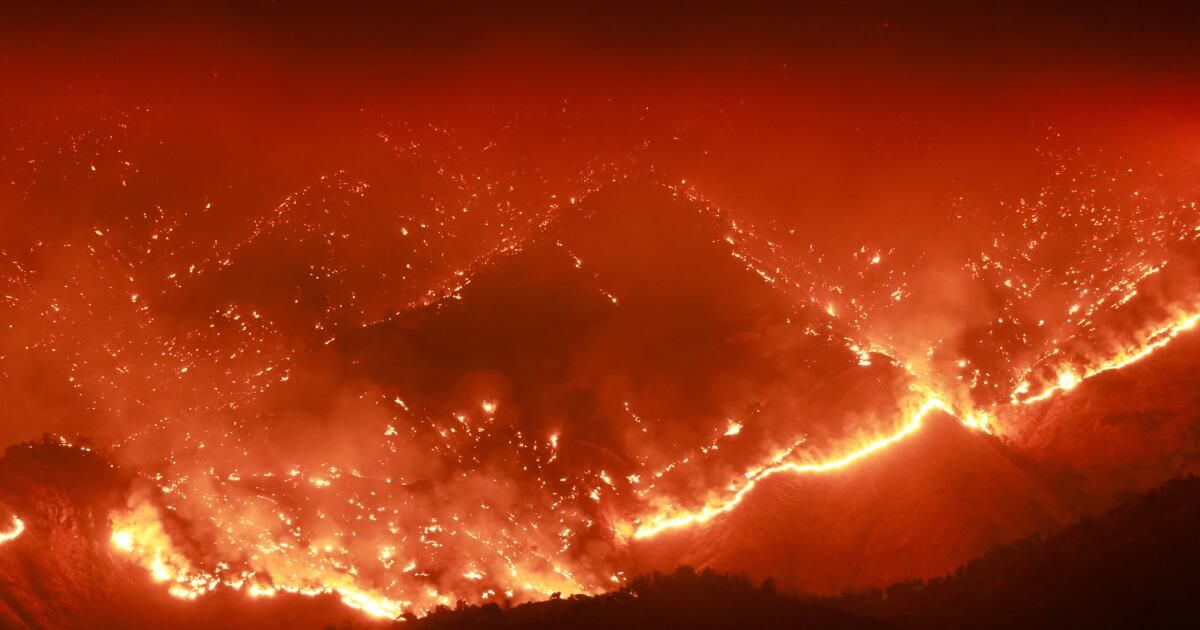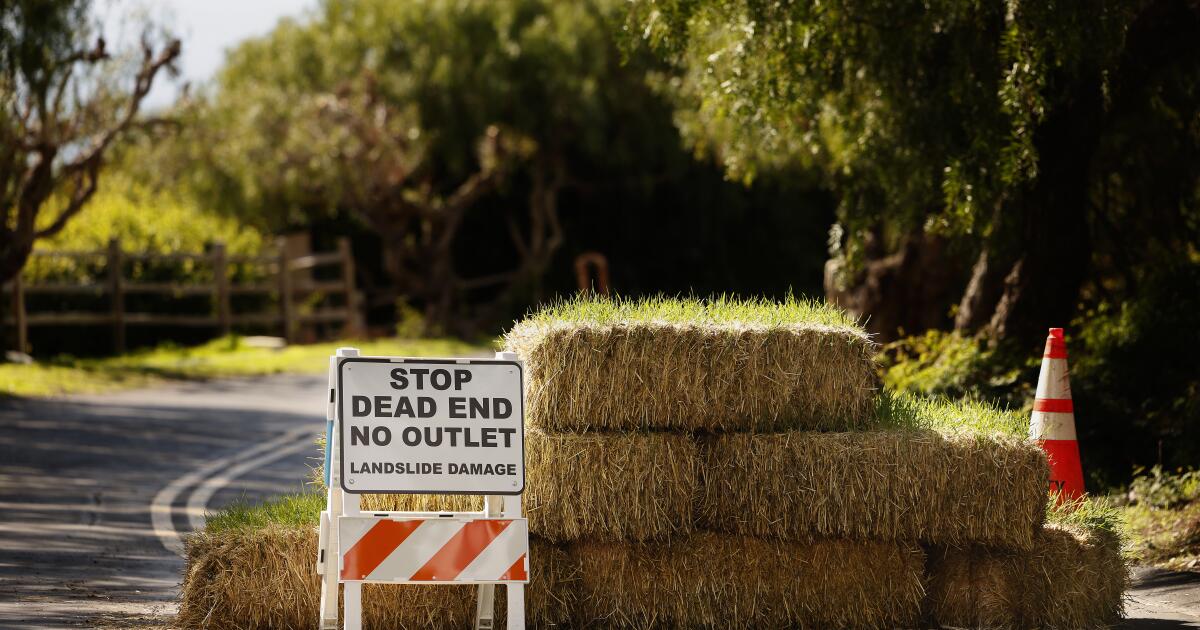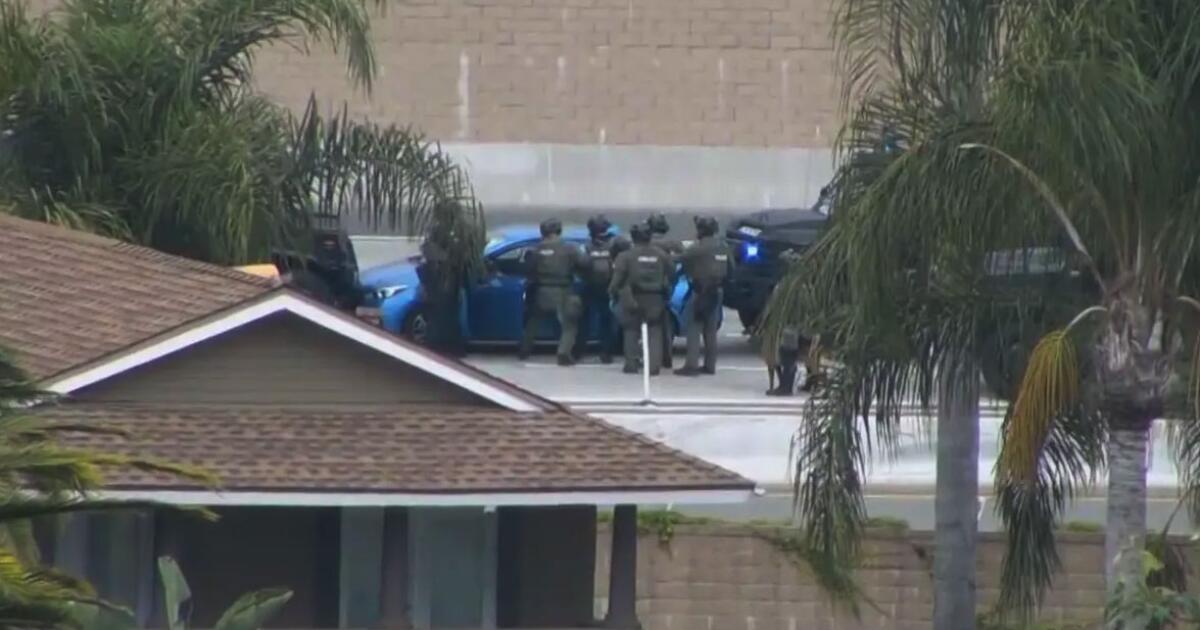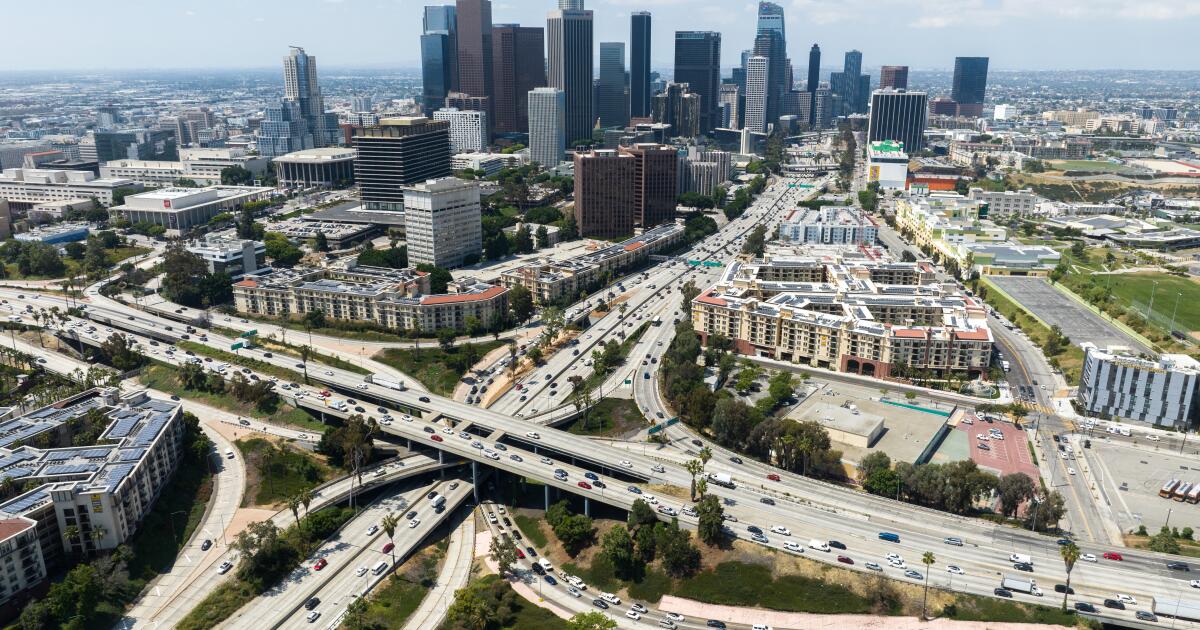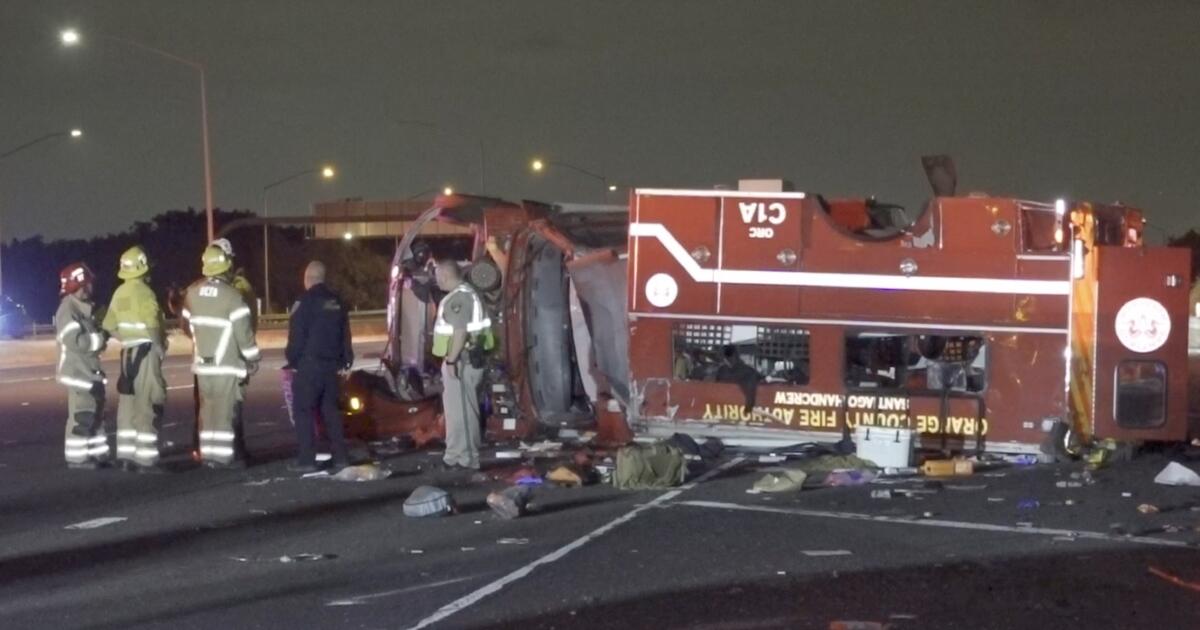California firefighters battling a wildfire that has scorched more than 13,000 acres of the Sierra National Forest just north of Giant Sequoia National Monument and near several hydroelectric facilities finally began to gain control Monday afternoon.
Crews managed to contain the Basin Fire by 17% after days of being unable to control it.
The wildfire was one of several burning across the state as officials prepare for the longest heat wave so far this year, which is set to begin Tuesday, two days before the Fourth of July. Forecasters are predicting scorching weather and heightened wildfire risks.
“We’re starting to see an uptick in fire activity that we’ve been predicting,” said Robert Foxworthy, a Cal Fire spokesman. “What’s primarily driving the fires that we’re seeing now are those lighter fuels; those grasses … that dry out quickly are now dead and receptive to fire.”
Two consecutive years of rain produced spectacular blooms and fields of grassland across the state that are now turning brown due to the intense heat. And those grasses are already becoming fuel for fires.
The heat wave is expected to bring dangerous temperatures through the July 4 holiday and early next week to many areas, particularly in Northern California, the Central Valley and the southwestern deserts. Most of Fresno County is under an excessive heat warning from Tuesday through July 9, and the National Weather Service expects little relief from high temperatures overnight.
As a result of the Basin Fire, authorities have evacuated 159 people in the Sierra National Forest, most of whom live in Balch Camp, an isolated community where Pacific Gas & Electric has facilities that feed into California's power grid.
“The fire came fairly close to the campground, but there was no physical damage to the facility,” said Denny Boyles, a spokesman for PG&E.
The fire started north of the Kings River and was detected by an airstrike aircraft searching for fires in the area on June 26.
The Basin Fire was one of 18 that started in the Sierra National Forest on or shortly after June 25 when a thunderstorm hit the area, though the cause of the fire is still under investigation. Most of those fires started in grasslands but burned less than a quarter of an acre.
But the Basin Fire took over. A total of 951 firefighters have worked to contain the fire and prevent it from crossing the river at its southern perimeter, where there are old-growth redwood forests, said Mike Lindbery, a spokesman for the Basin Fire.
The Sierra National Forest has issued a temporary closure that will remain in effect until July 30.
Other parts of the state were also still burning. Cal Fire recorded 14 active incidents as of Monday evening.
In San Diego County, a car fire is believed to have sparked a 900-acre wildfire Thursday. The blaze, dubbed the McCain 4 fire, had not been contained as of 7 p.m. and was threatening about 100 structures in Jacumba Hot Springs, said Mike Cornette, a spokesman for Cal Fire San Diego.
On June 24, dry grasses struck by lightning fueled three separate fires in eastern Fresno County that burned more than 10,000 acres but were under control. As of Monday, the Fresno June Lightning Complex Fire, which charred antenna towers on Bear Mountain, was 78% contained and evacuation orders had been lifted.
So far this year, 131,483 acres have burned across the state, marking an early surge in California wildfires. But so far, it's a fraction of the acreage and loss of life seen in recent years. Still, Foxworthy said it only takes one wildfire to devastate the region.
In 2018, the Camp Fire became the deadliest in California history, killing 86 people. It started after a PG&E transmission line in the Sierra Nevada foothills stopped working properly. Two years later, wildfires across the state burned 1.6 million acres and killed 33 people.
This summer, faced with an early wildfire season, extreme heat and dense, dry vegetation, Cal Fire has increased its ranks in preparation, Foxworthy said.
“We have additional staff,” he said, “so we are now fully staffed.”

